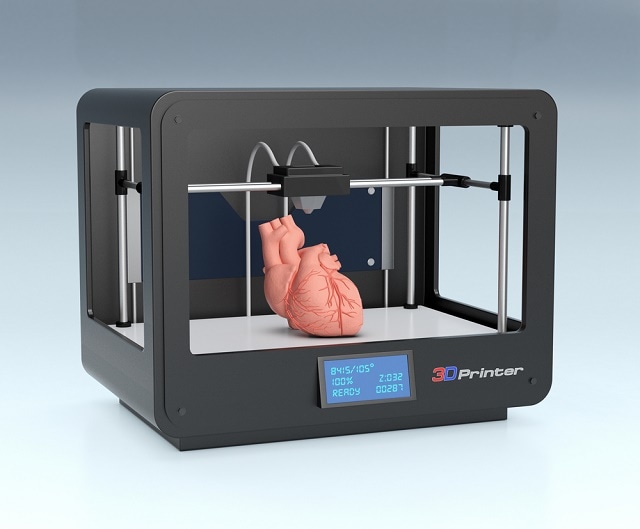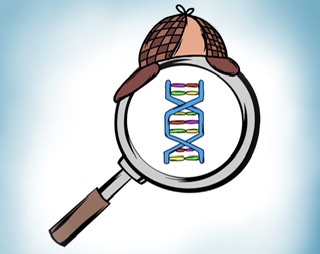3D Printing... Humans?
Bioprinters were developed in 1984 by Charles Hull and the medical field began using these only in 2000: 10 years later the first blood vessels are 3D bio-printed.
Three-dimensional bioprinting is a manufacturing operation in which biomaterials such as cells and molecules are combined to create fabric-like structures that resemble natural fabric (also known as "tissue engineering").
This innovation uses Bio ink material to re-create these structures in a layer-by-layer manner. In a nutshell, the Bio ink is made up of cells and in order for these to grow and reproduce, they require something to protect themselves and give them the environment and the conditions needed so for this purpose a gel is used; this biopolymer gel envelops the cells which act as a 3D molecular scaffold. Biopolymer needs to be able to form a gel of a sturdy consistency which will enable a high printing fidelity.
- Pre-bioprinting replicates the digital model that the printer will produce: the specific technologies used are CT (computed tomography) and MRI scans (magnetic resonance imaging.)
- Bioprinting is the main and central printing process. Here, bio ink is set in a printer cartridge and deposition takes place based on the digital model.
- Post-bioprinting is the mechanical and chemical stimulation of printed parts so as to create stable structures for the biological material.
The following video shows how the process of 3D printing works:


Comments
Post a Comment